Name Jan Palach | Siblings Jiri Palach | |
 | ||
Books Parallel Programming with Python Parents Josef Palach, Libuse Palachova Similar People Jan Zajic, Agnieszka Holland, Jan Opletal, Evzen Plocek, Alexander Dubcek | ||
Jan palach a jeho rozhovor s doktorkou v nemocnici po up len
Jan Palach (11 August 1948 – 19 January 1969; [jan ˈpalax]) was a Czech student of history and political economy at Charles University in Prague. His self-immolation was a political protest against the end of the Prague Spring resulting from the 1968 invasion of Czechoslovakia by the Warsaw Pact armies.
Contents
- Jan palach a jeho rozhovor s doktorkou v nemocnici po up len
- Jan palach dobov audionahr vky
- Death
- Posthumous recognition
- Place names
- References
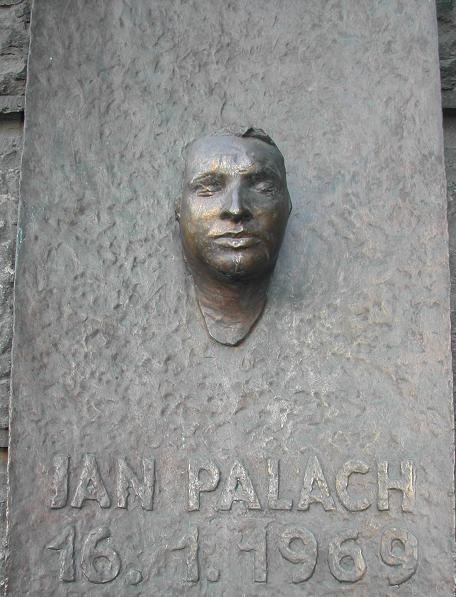
Jan palach dobov audionahr vky
Death
In August 1968, the Soviet Union invaded Czechoslovakia to crush the liberalising reforms of Alexander Dubček's government during what was known as the Prague Spring. Prague-born Palach decided to sacrifice himself in protest of the invasion and set himself on fire, in Wenceslas Square, on 16 January 1969. According to a letter he sent to several public figures, an entire clandestine resistance organization had been established with the purpose of practicing self-immolation until their demands were met; however, it seems that such a group never existed. The demands declared in the letter were the abolition of censorship and a halt to the distribution of Zprávy, the official newspaper of the Soviet occupying forces. In addition, the letter called for the Czech and the Slovak peoples to go on a general strike in support of these demands. An earlier draft of the letter that Palach wrote also called for the resignation of a number of pro-Soviet politicians, but that demand did not make it into the final version, which included the remark that "our demands are not extreme, on the contrary". Palach died from his burns several days after his act, at the hospital. On his deathbed, he was visited by a female acquaintance from his college and by a student leader, to whom he had addressed one of the copies of his letter. It was reported that he had pleaded for others not to do what he had done but instead to continue the struggle by other means, although it has been doubted whether he really said that.
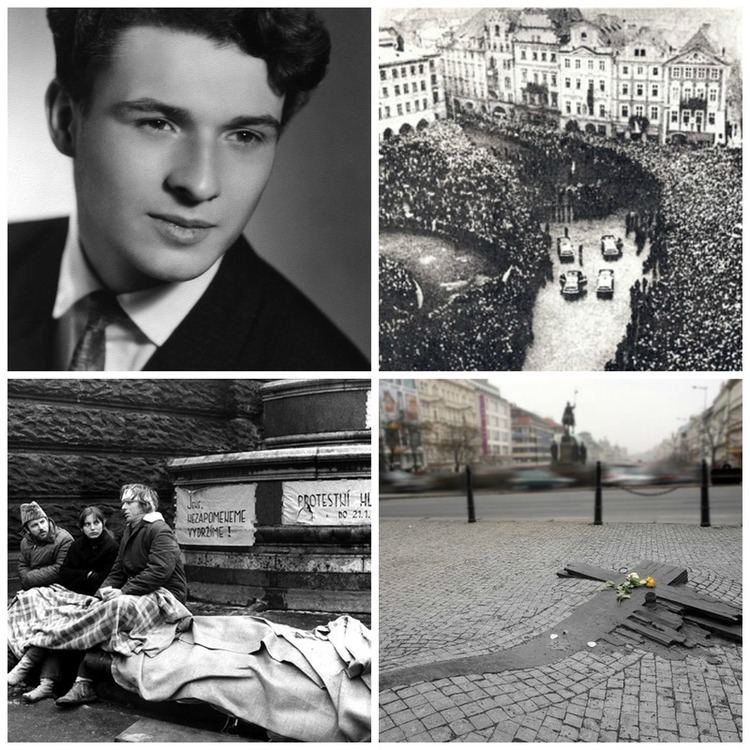
According to Jaroslava Moserová, a burns specialist who was the first to provide care to Palach at the Charles University Faculty Hospital, Palach did not set himself on fire to protest against the Soviet occupation, but did so to protest against the "demoralization" of Czechoslovak citizens caused by the occupation.

The funeral of Palach turned into a major protest against the occupation. A month later (on 25 February), another student, Jan Zajíc, burned himself to death in the same place. This was followed in April of the same year by Evžen Plocek in Jihlava, and by others.
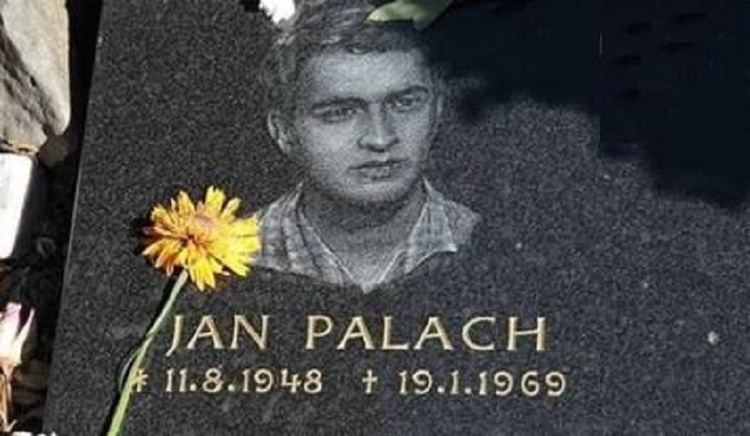
Palach's self-immolation was the second act of that kind after that of the Pole Ryszard Siwiec, which was successfully suppressed by the authorities and was mostly forgotten until the fall of communism. Palach was not aware of Siwiec's protest.
Posthumous recognition
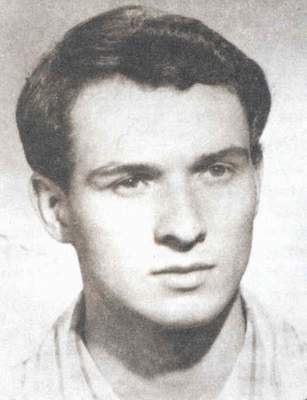
Palach was initially interred in Olšany Cemetery. As his gravesite was growing into a national shrine, the Czechoslovak secret police (StB) set out to destroy any memory of Palach's deed and exhumed his remains on the night of 25 October 1973. His body was then cremated and sent to his mother in Palach's native town of Všetaty while an anonymous old woman from a rest home was laid in the grave. Palach's mother was not allowed to deposit the urn in the local cemetery until 1974. On 25 October 1990 the urn was officially returned to its initial site in Prague.
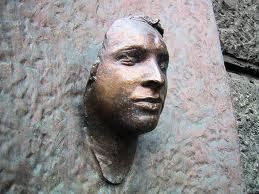
On the 20th anniversary of Palach's death, protests ostensibly in memory of Palach (but intended as criticism of the regime) escalated into what would be called "Palach Week". The series of anticommunist demonstrations in Prague between 15 and 21 January 1989 were suppressed by the police, who beat demonstrators and used water cannons, often catching passers-by in the fray. Palach Week is considered one of the catalyst demonstrations which preceded the fall of communism in Czechoslovakia 10 months later.
After the Velvet Revolution, Palach (along with Zajíc) was commemorated in Prague by a bronze cross embedded at the spot where he fell outside the National Museum, as well as a square named in his honour. The Czech astronomer Luboš Kohoutek, who left Czechoslovakia the following year, named an asteroid which had been discovered on 22 August 1969, after Jan Palach (1834 Palach). There are several other memorials to Palach in cities throughout Europe, including a small memorial inside the glacier tunnels beneath the Jungfraujoch in Switzerland.
Several later incidents of self-immolation may have been influenced by the example of Palach and his media popularity. In the spring of 2003, a total of six young Czechs burned themselves to death, notably Zdeněk Adamec, a 19-year-old student from Humpolec who burned himself on 6 March 2003 on almost the same spot in front of the National Museum where Palach burnt himself, leaving a suicide note explicitly referring to Palach and the others who killed themselves in the 1969 Prague Spring.
Just walking distance from the site of Palach's self-immolation, a statuary in Prague's Old Town Square honours iconic Bohemian religious thinker Jan Hus, who was burned at the stake for his beliefs in 1415. Himself celebrated as a national hero for many centuries, some commentary has linked Palach's self-immolation to the execution of Hus.
Place names
In the Czech Republic, many towns have streets or squares named after Palach, of which perhaps most notable is the Jan Palach Square in central Prague. He also had streets named after him in Luxembourg city (Luxembourg), Angers and Parthenay (France), Kraków (Poland), Assen, Den Haag and Haarlem (Netherlands), Varna (Bulgaria) and Nantwich (United Kingdom). In Rome (Italy) (as well as in many other Italian towns), there is a central square named after Palach with a commemorative statue.
The oldest rock club in Croatia is named Palach. It is situated in Rijeka since 1969 to this day. There is a bus station in the town of Curepipe, Mauritius named after Jan Palach. A student hall in Venice, Italy on the Giudecca island has also been given the name of Jan Palach.
